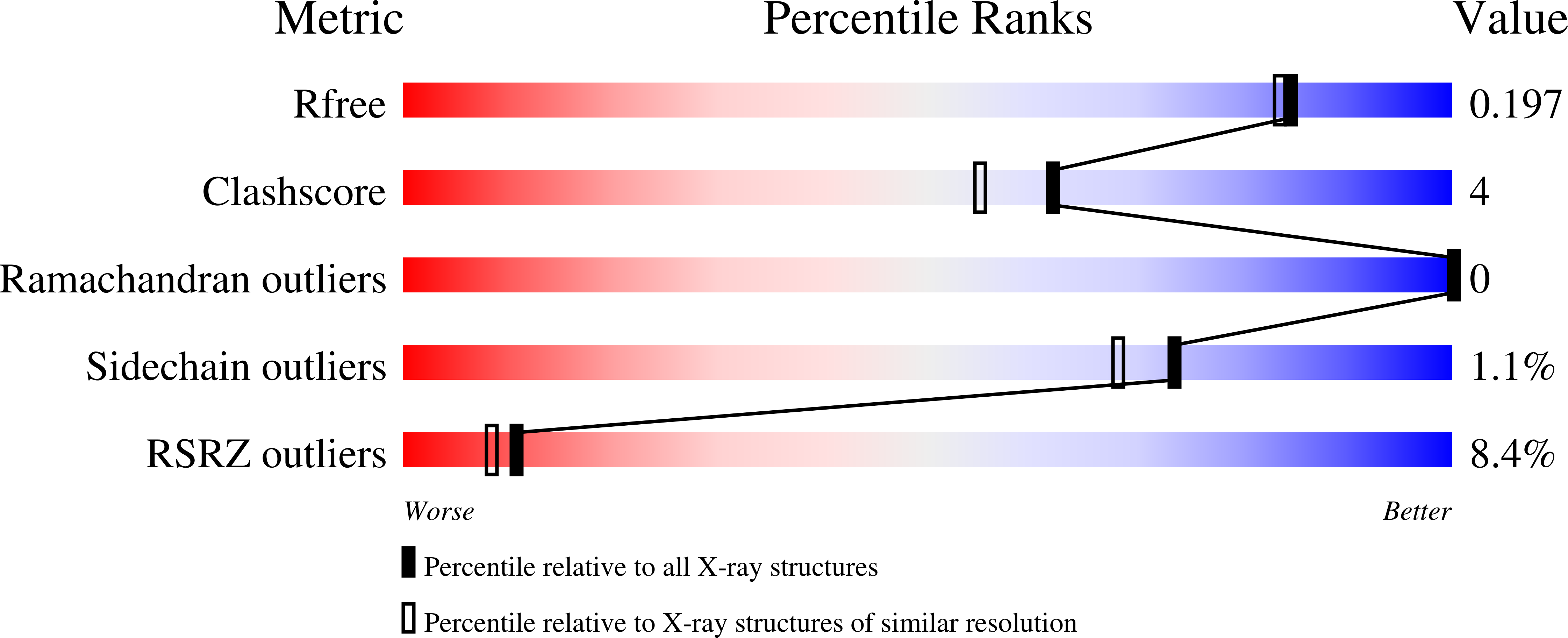
Deposition Date
2021-11-27
Release Date
2022-01-19
Last Version Date
2023-10-18
Entry Detail
PDB ID:
7SZH
Keywords:
Title:
Structure of the Rieske Non-heme Iron Oxygenase SxtT with beta-saxitoxinol Bound
Biological Source:
Source Organism:
Microseira wollei (Taxon ID: 467598)
Host Organism:
Method Details:
Experimental Method:
Resolution:
1.79 Å
R-Value Free:
0.19
R-Value Work:
0.17
R-Value Observed:
0.17
Space Group:
C 2 2 2


